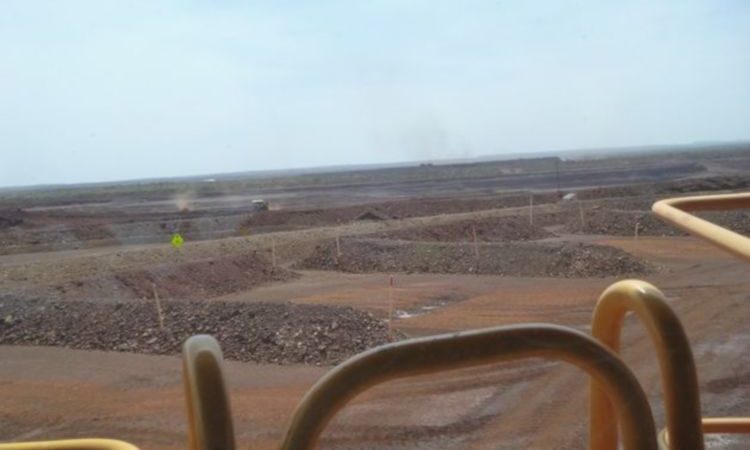Mining Road Design
Design and management of parking areas on mines
February 28, 2017
-
A number of accidents have taken place in the parking areas of mines. It is therefore important to consider the safety implications when designing formal parking areas for the heavy and light vehicle fleet.
The principles of safe and consistent design should include:
- Parking bays should be located so that approaching traffic is visible to drivers of emerging vehicles.
- When vehicles are required to reverse park, measures such as humps, wheel chocks, v-drains or windrows should be implemented to prevent vehicles from hitting objects or pedestrians.
- All parking areas should be constructed on level ground. If vehicles are parked on slopes, measures must be taken to prevent vehicles from rolling. This includes wheel stops, v-drains or dirt humps.
- No mixing of light vehicles and heavy vehicles should be permitted and adequate physical separation should be established by erecting appropriate barriers wherever possible.
- Parking areas for light vehicles should be provided with measures to prevent vehicles from rolling away and to prevent reversing vehicles from colliding with pedestrians.

- Parking areas should be designed so traffic flow is one-way through the car park with clearly identified and signed separate entry and exit points.
- Parking areas should allow for safe pedestrian access clear of the roadway and without the need to walk in front of vehicles. Pedestrians should be provided with well-maintained walking areas on adequately constructed surface and provided with lighting during night-time operations.
- The speed limit within parking areas should be 10 km/h. 20 km/h or 30 km/h speed limits should only be used in special circumstances (warranted by the layout and travel paths within larger parking areas).
- As serious accidents between heavy vehicles and service vehicles sadly still take place (e.g. link), a typical in-pit servicing area layout should be developed and used for servicing of equipment in the pit while ensuring the physical separation between heavy vehicles and servicing equipment.


